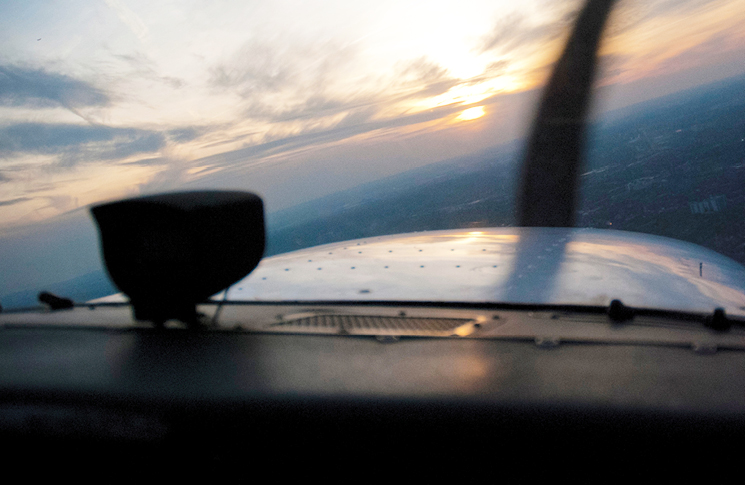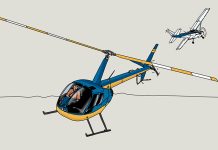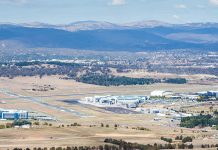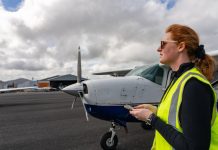Only luck and a sliver of time prevent a mid-air collision.
By a Flight Safety Australia reader
Some years ago, I was involved in an incident that nearly resulted in a mid-air collision.
It happened in the vicinity of the Archerfield Southern Training Area during a training session that I was conducting in a Cessna 172.
At the conclusion of the session, my student and I were positioned about 9 nm south of the Park Ridge water tower VFR approach point at 1,500 feet.
We turned north to track direct to Park Ridge and changed frequency from Brisbane Centre, which we had been monitoring during the session, to Archerfield ATIS.
North of this location, another Brisbane Centre frequency comes into effect.
After copying the ATIS information, we changed frequency straight to Archerfield Tower to get some situation awareness about possible threats at Park Ridge.
Most VFR aircraft inbound to Archerfield from the south report their altitude at Park Ridge as 1,500 feet.
Unbeknown to us, the real threat was not in front of us – but directly above and behind us.
There was a low-wing twin also inbound to Park Ridge on the same track and on descent to 1,500 feet.
The first we knew about that aircraft was when its nose appeared in the top of our windscreen, slowly overtaking us and gradually descending.
The first we knew about that aircraft was when its nose appeared in the top of our windscreen, slowly overtaking us and gradually descending.
I immediately took all our power off to slow down but assessed that I could not make any pitch down or roll avoidance manoeuvres because of the proximity of the twin just above us.
It appeared that any significant avoidance manoeuvres would only make a bad situation even worse.
This initial sighting was followed by some very tense moments as we watched the twin slowly descend over the top of us and level off in front at 1,500 feet.
As soon as there was adequate horizontal clearance between the 2 aircraft, I carried out an orbit and followed the twin into Archerfield as number 2.
I subsequently learnt that neither of the occupants in the twin had seen our Cessna 172 at any time during their entry into Archerfield.
The incident was a classic high-wing/low-wing vertical loss of separation where the occupants in the low-wing twin could not see down and we, in the high-wing Cessna 172, could not see up or behind.
When I look back on the incident, I wonder what more I could, or should, have done to prevent it from even happening.
Lessons learnt: Perhaps if I had listened out on the Brisbane Centre frequency as well as the Archerfield Tower frequency during our direct track to Park Ridge, we may have been alerted to the presence of the twin.
As it turned out, the only things that saved us from a mid-air collision on that day were pure luck and a sliver of time
Safety tip: Improve your situational awareness with an ADS-B device such as SkyEcho 2, approved by CASA and eligible for a federal government grant of up to $5,000.
Have you had a close call?
8 in 10 pilots say they learn best from other pilots and your narrow escape can be a valuable lesson.
We invite you to share your experience to help us improve aviation safety, whatever your role. You may be eligible for a free gift just for submitting your story.
Find out more and share your close call here.






Surely this almost an accident, must have been more than “some years ago” – both my last (2000) & current (2022) homebuilt, have radios with second channel monitoring capability and both have transponders, both registered with RAA.
This and other incidents at metro Class D airports are the result of flawed procedures. Why funnel aircraft to a series of reporting points OCTA? Under the Secondary Aerodrome (pre GAAP) procedures you would simply report 5NM north / south etc inbound. This resulted in random spacing of aircraft, unlike the current procedures developed to suit ATC but disregarding the hazards presented.